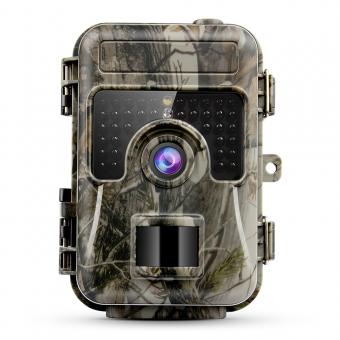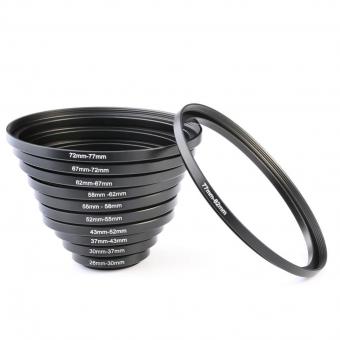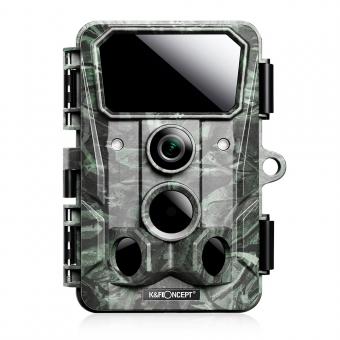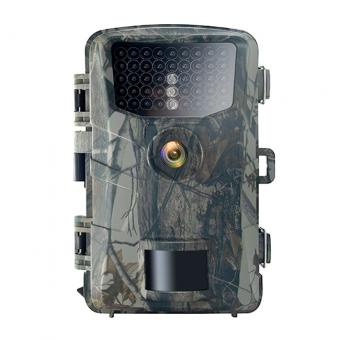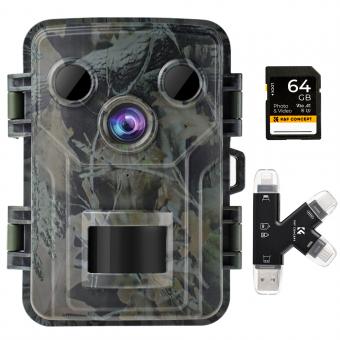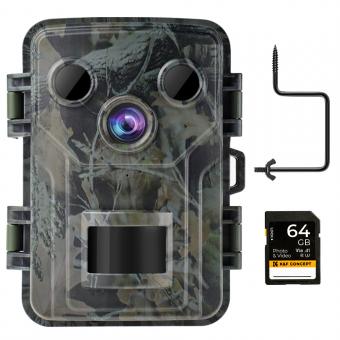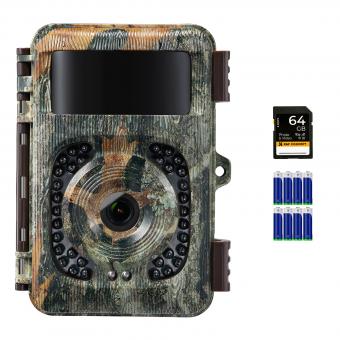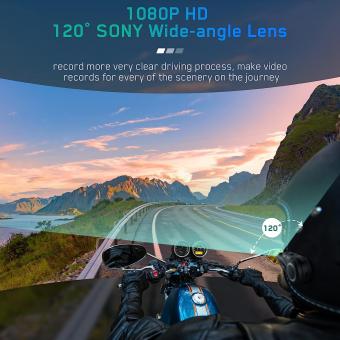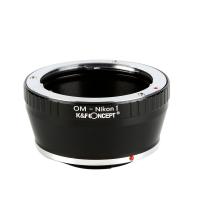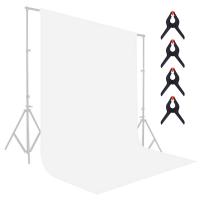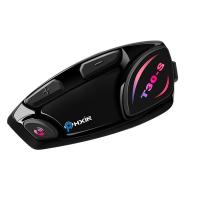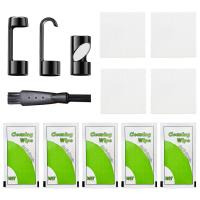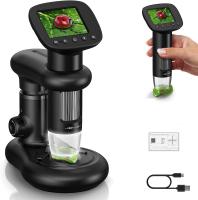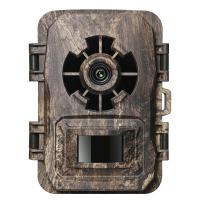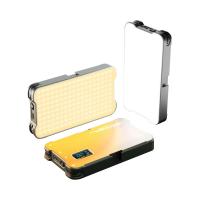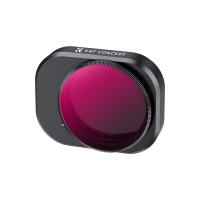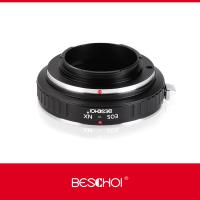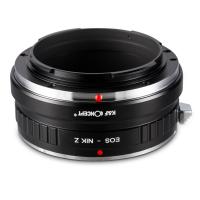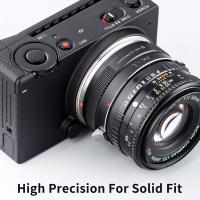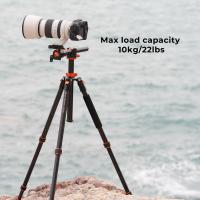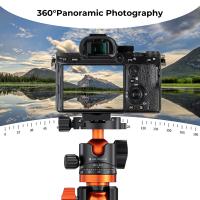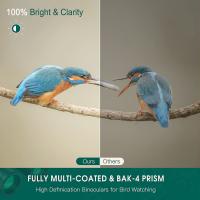How To Set Up Toguard Wildlife Camera ?
To set up a Toguard wildlife camera, first, choose a suitable location for the camera that offers a good view of the wildlife activity you want to capture. Ensure that the camera is placed securely and protected from harsh weather conditions. Next, insert batteries or connect the camera to a power source, depending on the model. Adjust the camera settings, such as resolution, sensitivity, and time-lapse intervals, according to your preferences. Mount the camera securely using straps or a tripod. Finally, test the camera by triggering it manually or walking in front of it to ensure it captures images or videos correctly.
1、 Camera Placement: Choosing the ideal location for capturing wildlife activity.
Camera Placement: Choosing the ideal location for capturing wildlife activity.
Setting up a Toguard wildlife camera requires careful consideration of camera placement to ensure optimal results. Here are some steps to help you set up your camera effectively:
1. Research and observe: Before setting up your camera, spend some time researching the wildlife species you want to capture. Learn about their habits, preferred habitats, and activity patterns. This will help you choose the best location for your camera.
2. Choose a strategic location: Look for areas where wildlife activity is likely to occur. This could be near water sources, feeding areas, or known animal trails. Consider the natural behavior of the animals and select a spot that offers a clear view of their movement.
3. Mount the camera securely: Ensure that the camera is mounted securely to prevent it from being knocked over or damaged by animals. Use a sturdy tree or post to attach the camera, making sure it is at the right height and angle for capturing the desired area.
4. Test the camera settings: Before leaving the camera unattended, test the settings to ensure they are optimized for wildlife photography. Adjust the sensitivity, trigger speed, and detection range according to the specific requirements of your target species.
5. Check for obstructions: Make sure there are no branches, leaves, or other obstructions blocking the camera's view. Clear any vegetation that may interfere with the camera's line of sight.
6. Consider camouflage: To avoid spooking wildlife, camouflage the camera by using natural materials or purchasing a camouflage cover. This will help the camera blend into its surroundings and increase the chances of capturing natural behavior.
7. Regularly check and maintain the camera: Visit the camera periodically to check the battery life, memory card capacity, and overall functionality. Clean the lens and make any necessary adjustments to ensure optimal performance.
Remember, wildlife behavior can be unpredictable, so it may take some trial and error to find the perfect camera placement. Be patient and persistent, and you will increase your chances of capturing stunning wildlife footage.
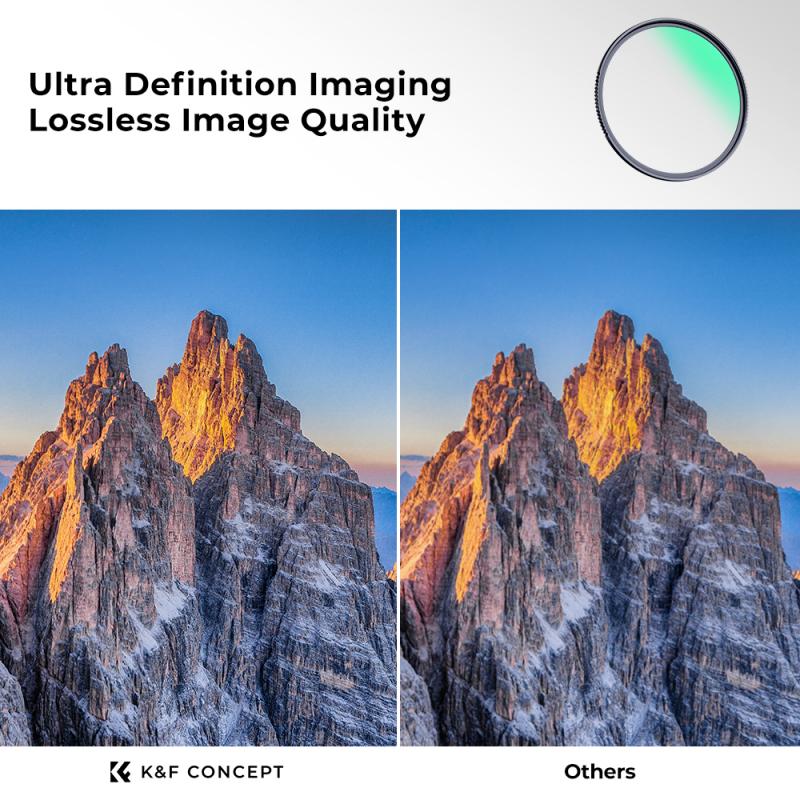
2、 Camera Settings: Adjusting the necessary configurations for optimal wildlife photography.
Camera Settings: Adjusting the necessary configurations for optimal wildlife photography.
To set up your Toguard wildlife camera for optimal performance, follow these steps:
1. Mount the camera: Choose a suitable location for your camera, such as a tree or post, ensuring it has a clear view of the area you want to monitor. Use the provided straps or mounts to securely attach the camera.
2. Insert batteries and memory card: Open the battery compartment and insert the required batteries. Ensure they are properly aligned and close the compartment. Insert a compatible memory card to store the captured images and videos.
3. Power on the camera: Turn on the camera by pressing the power button. Wait for it to initialize and display the main menu on the screen.
4. Adjust camera settings: Navigate through the menu using the arrow buttons and select the desired settings. Start with the image resolution, choosing the highest available for better image quality. Adjust the sensitivity of the motion sensor to avoid false triggers. Set the desired interval between shots or videos to capture wildlife activity effectively.
5. Test and adjust: Before leaving the camera unattended, test it by walking in front of it to ensure it detects motion and captures images or videos as expected. Make any necessary adjustments to the settings based on the test results.
6. Secure the camera: Once you are satisfied with the camera's settings, secure it in place using additional straps or locks to prevent theft or tampering.
7. Retrieve and review footage: After a period of monitoring, retrieve the memory card and review the captured footage on a computer or compatible device. Delete any unwanted files and save the ones you wish to keep.
Remember to check the camera periodically to ensure it is functioning correctly and to replace batteries and memory cards as needed. By adjusting the necessary configurations and regularly reviewing the footage, you can capture stunning wildlife images and videos with your Toguard wildlife camera.
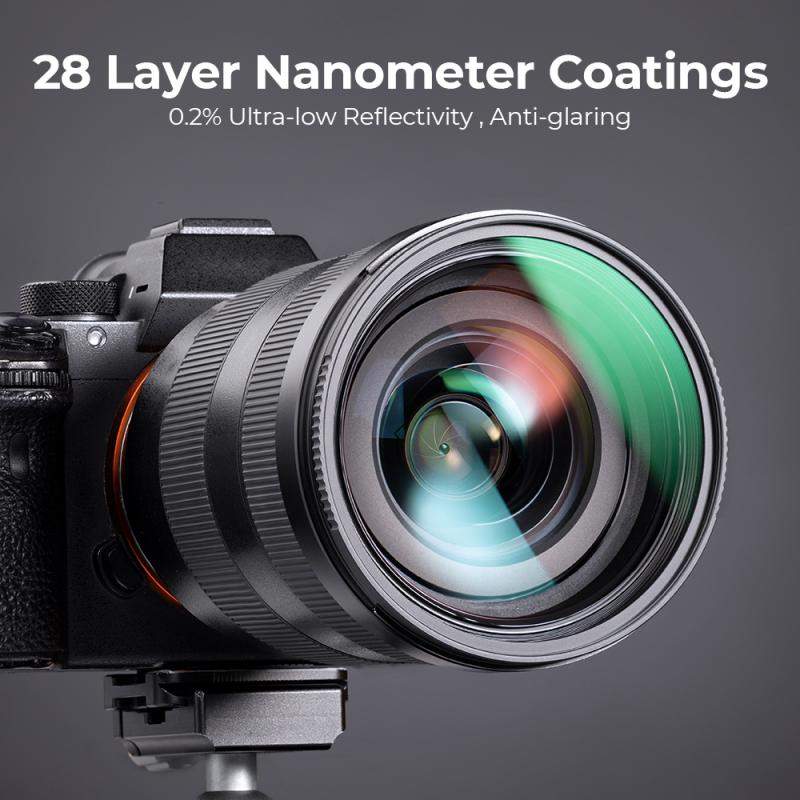
3、 Power Source: Ensuring a reliable and long-lasting power supply for the camera.
To set up a Toguard wildlife camera, follow these steps:
1. Choose the right location: Find a suitable spot where wildlife activity is frequent, such as near a watering hole or a known animal trail. Ensure that the camera is well-hidden and protected from harsh weather conditions.
2. Mount the camera: Use the provided mounting strap or bracket to securely attach the camera to a tree or post. Make sure it is positioned at the desired angle and height for optimal coverage.
3. Insert batteries: Open the battery compartment and insert the required number of batteries as specified in the camera's manual. Ensure that the batteries are inserted correctly and that they have enough power to last for an extended period.
4. Insert an SD card: Most wildlife cameras require an SD card to store the captured images or videos. Insert a compatible SD card into the designated slot, ensuring it is properly seated.
5. Adjust camera settings: Use the camera's menu or settings button to adjust various parameters such as resolution, sensitivity, and trigger interval. These settings will depend on your specific requirements and the type of wildlife you are monitoring.
6. Test the camera: Before leaving the camera unattended, perform a test to ensure it is functioning correctly. Walk in front of the camera's sensor to trigger a test shot or video recording. Check the captured image or video to verify the camera's performance.
Power Source: Ensuring a reliable and long-lasting power supply for the camera is crucial for uninterrupted monitoring. While most wildlife cameras operate on batteries, it is recommended to use high-quality, long-lasting batteries or consider alternative power options.
One option is to use rechargeable batteries, which can be more cost-effective in the long run. Ensure that the batteries are fully charged before installing them in the camera. Additionally, consider investing in a solar panel or external battery pack to extend the camera's battery life.
Solar panels can harness sunlight to charge the camera's batteries during the day, providing a continuous power source. External battery packs can be connected to the camera to supplement or replace the internal batteries, offering extended monitoring periods.
Regularly check the battery levels and replace or recharge them as needed to avoid any disruptions in camera operation. It is also advisable to carry spare batteries or a backup power source when visiting the camera for maintenance or data retrieval.
By following these steps and ensuring a reliable power supply, you can effectively set up and maintain a Toguard wildlife camera for capturing fascinating wildlife moments.

4、 Memory Management: Managing storage space and organizing captured wildlife footage.
To set up a Toguard wildlife camera, follow these steps:
1. Choose the right location: Select an area where wildlife activity is frequent, such as near a watering hole or a known animal trail. Ensure the camera is mounted securely and at the right height for optimal coverage.
2. Insert batteries and memory card: Open the camera's battery compartment and insert the required batteries. Then, insert a compatible memory card to store the captured footage. Make sure the memory card has enough storage capacity for extended periods of recording.
3. Configure camera settings: Use the camera's menu system to adjust settings such as resolution, video length, and motion sensitivity. These settings will vary depending on the specific model of the Toguard camera you are using. Refer to the user manual for detailed instructions.
4. Test the camera: Before leaving the camera unattended, test it to ensure it is capturing footage correctly. Walk in front of the camera's field of view to trigger the motion sensor and verify that the camera starts recording.
Memory Management: Managing storage space and organizing captured wildlife footage is crucial to ensure the camera operates efficiently. Here are some tips:
1. Choose the right memory card: Opt for a high-capacity memory card with fast write speeds to accommodate large amounts of footage. Consider using a card with at least 64GB or more storage capacity.
2. Set up overwrite function: Enable the overwrite function on the camera, which automatically deletes the oldest footage when the memory card is full. This ensures continuous recording without the need to manually delete files.
3. Regularly check and transfer footage: Periodically check the camera and transfer the captured footage to a computer or external storage device. This frees up space on the memory card and allows for easy organization and backup of the footage.
4. Organize footage by date and time: When transferring footage, create folders or use software that organizes the files by date and time. This makes it easier to locate specific recordings and review them later.
5. Format the memory card: After transferring the footage, format the memory card using the camera's menu system. This helps maintain the card's performance and ensures it is ready for the next recording session.
By following these steps and implementing effective memory management techniques, you can set up and maintain a Toguard wildlife camera to capture and organize wildlife footage efficiently.


